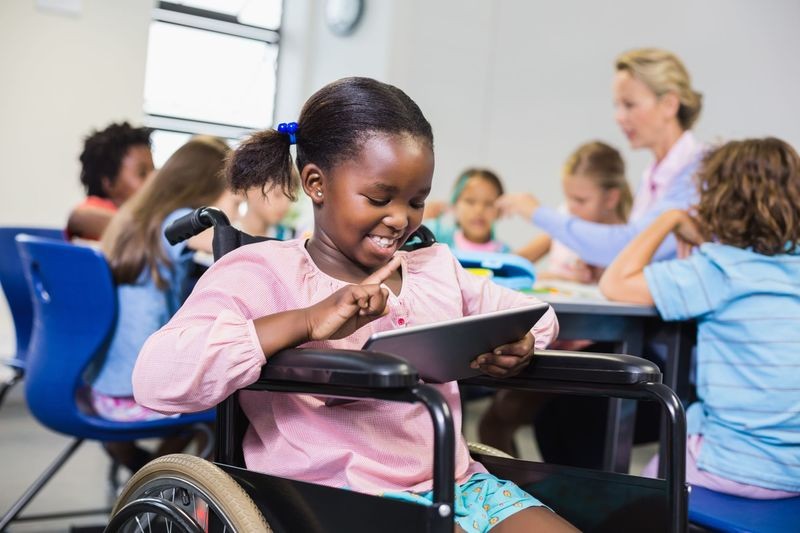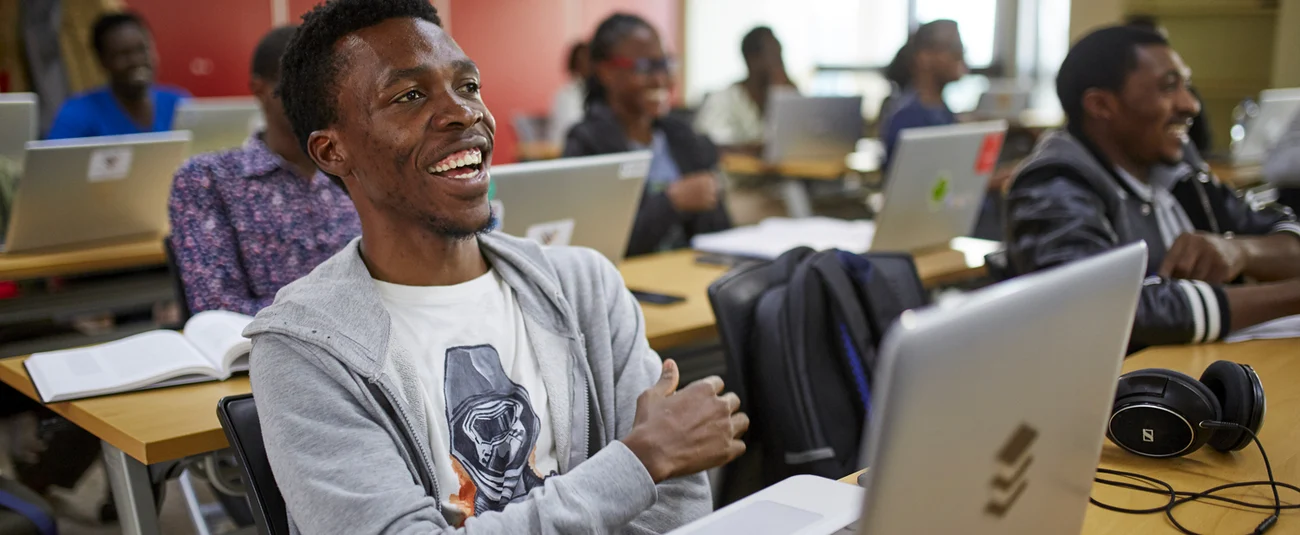In today’s rapidly advancing digital world, the integration of technology in early childhood learning has become a crucial aspect of preparing young minds for the future. As technology continues to permeate every aspect of our lives, it is imperative to equip children with the necessary skills and confidence to navigate this ever-evolving landscape from an early age. By thoughtfully incorporating technology into early childhood education, educators can foster a love for learning, nurture creativity, and develop essential skills that will pave the way for success in the digital age.
The Role of Technology in Early Childhood Learning
Early childhood is a critical period for cognitive, social, and emotional development. During this formative stage, children’s brains are rapidly growing, and their ability to absorb and process information is at its peak. By leveraging technology in a developmentally appropriate and engaging manner, educators can tap into this prime learning window and create immersive, interactive experiences that captivate young learners’ curiosity and imagination.
Numerous studies have shown that when used effectively, technology can enhance various aspects of early childhood learning, including language development, problem-solving skills, spatial reasoning, and creative expression. However, it is essential to strike a balance between screen time and hands-on, physical activities, ensuring a well-rounded and holistic approach to learning.

Educational Apps and Interactive Learning Tools
One of the most accessible and engaging ways to introduce technology in early childhood learning is through educational apps and interactive learning tools. These digital resources offer a wealth of opportunities for children to explore, experiment, and learn through play.
ABCkidTV, a popular educational YouTube channel and app, provides a vast collection of interactive videos, games, and activities designed to teach letters, numbers, shapes, colors, and more. With its vibrant animations and catchy songs, ABCkidTV captures young learners’ attention and makes learning fun and engaging.
Another excellent resource is ABCya, an award-winning website and app that offers a wide range of educational games and activities for children aged 2-12. From math games and reading activities to puzzles and art projects, ABCya encourages children to explore and learn through play, fostering important skills like problem-solving, critical thinking, and creativity.
Digital Storytelling and Literacy Development
Digital storytelling is a powerful tool for promoting literacy development in early childhood. By combining narratives with multimedia elements such as images, animations, and sound effects, educators can create captivating stories that engage young learners and nurture their love for reading and storytelling.
Storybird is an innovative platform that allows children to create, publish, and share their own digital stories. With a vast library of artwork and customizable templates, children can bring their imaginative tales to life, developing their writing, creativity, and digital literacy skills along the way.
For educators, Scholastic Story Starters offers a wealth of resources and prompts to spark students’ imaginations and inspire creative writing. By combining these prompts with digital storytelling tools, children can embark on exciting storytelling adventures, fostering their language skills and self-expression.
Coding and Computational Thinking for Young Learners
Introducing coding and computational thinking concepts at an early age can provide children with a solid foundation for future success in a technology-driven world. By engaging in coding activities, children develop essential skills such as problem-solving, logical thinking, and perseverance, all while having fun and exploring their creativity.
Code.org offers a wide range of coding resources specifically designed for young learners, including games, tutorials, and curriculums. Their “Hour of Code” initiative aims to demystify coding and make it accessible to students of all ages and backgrounds.
ScratchJr, an introductory programming language created by MIT, is another powerful tool for teaching coding to children aged 5-7. With its intuitive block-based interface and engaging projects, ScratchJr allows children to create interactive stories, games, and animations, fostering their creativity and problem-solving abilities.
Augmented Reality (AR) and Virtual Reality (VR) in Early Childhood Education
Augmented Reality (AR) and Virtual Reality (VR) technologies are revolutionizing the way children learn and interact with educational content. These immersive experiences can transport young learners to distant lands, explore complex concepts, and bring abstract ideas to life in a tangible and engaging manner.
Metaverse by Meta (formerly Facebook) offers a range of educational experiences in virtual reality, including virtual field trips, interactive lessons, and collaborative learning environments. For example, children can explore ancient civilizations, dive into the depths of the ocean, or even journey through the human body, all while being safely in the classroom.
Google Expeditions is another innovative platform that brings AR and VR experiences to the classroom. With its vast collection of virtual tours and augmented reality lessons, children can explore museums, historical sites, and natural wonders from around the world, fostering their curiosity and expanding their understanding of different cultures and environments.
Robotics and STEM Education for Early Learners
Introducing robotics and STEM (Science, Technology, Engineering, and Mathematics) concepts at an early age can cultivate children’s interest in these crucial fields and prepare them for future success in an increasingly technology-driven world.
LEGO Education offers a range of robotics and coding kits specifically designed for early learners, such as the LEGO DUPLO STEAM Park. These hands-on kits allow children to build and program their own robotic models, fostering problem-solving skills, creativity, and an understanding of basic engineering principles.
KinderLab Robotics is another excellent resource for introducing robotics and coding to young children. Their curriculum and robotics kits are designed to be age-appropriate and engaging, encouraging children to explore, experiment, and learn through play.
Screen Time Guidelines and Digital Citizenship
While technology can be a powerful tool for early childhood learning, it is crucial to establish healthy boundaries and guidelines for screen time. Experts recommend limiting screen time for children under 5 to no more than one hour per day, and ensuring that the content they consume is age-appropriate, educational, and interactive.
In addition to screen time limits, it is essential to teach digital citizenship and online safety from an early age. Common Sense Education provides a comprehensive digital citizenship curriculum for educators, covering topics such as online safety, cyberbullying prevention, and responsible use of technology.
By instilling these principles early on, children can develop a healthy relationship with technology and navigate the digital world with confidence and responsibility.
Professional Development and Teacher Training
Effective integration of technology in early childhood education requires ongoing professional development and training for teachers. Educators must be equipped with the necessary skills and knowledge to leverage technology effectively and create engaging, developmentally appropriate learning experiences for their students.
Organizations such as NAEYC (National Association for the Education of Young Children) and ISTE (International Society for Technology in Education) provide valuable resources, guidelines, and professional development opportunities for early childhood educators. These resources cover best practices, technology integration strategies, and the latest research and trends in the field.
By investing in professional development and continuous learning, educators can stay up-to-date with the latest technologies and pedagogical approaches, ensuring that they can effectively support and guide young learners in their technological journey.
Family Engagement and Home-School Connections
Effective integration of technology in early childhood learning requires collaboration between educators and families. By fostering open communication and providing resources for parents, educators can ensure that the benefits of technology-enhanced learning extend beyond the classroom and into the home environment.
Online platforms such as Seesaw and ClassDojo facilitate seamless communication between teachers and families, allowing parents to stay informed about their child’s progress, share in their learning experiences, and reinforce concepts and skills at home. These platforms also provide opportunities for parents to contribute to their child’s learning journey by sharing photos, videos, and updates from home.
By actively involving families in the integration of technology in early childhood education, educators can create a supportive and cohesive learning environment that fosters children’s growth and development across multiple settings.
Conclusion
The integration of technology in early childhood learning is an exciting and rapidly evolving field that holds immense potential for nurturing the minds of young learners and preparing them for success in the digital age. By thoughtfully incorporating educational apps, interactive learning tools, digital storytelling, coding activities, augmented and virtual reality experiences, and robotics into the curriculum, educators can create engaging and enriching learning environments that spark curiosity, encourage exploration, and foster essential skills.






